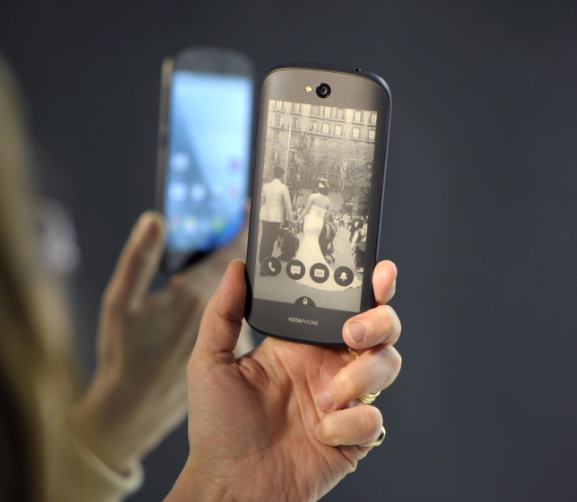Prices of Android phone and iPhones over the past year have shown one remarkable trend. Android powered phones have become a lot cheaper while iPhones have become expensive, a lot more expensive.
New York-based market intelligence firm ABI Research has published a report showing the difference in average prices between smartphones running Google's Android operating system and the Apple iOS has grown remarkably over the past year.
In 2014, an off-contract Android phone sold for some US$350. In contrast, an off-contract iPhone sold for an average of US$600.
Today, however, the price for an Android powered smartphone has fallen 38 percent to an average of just US$254. On the other hand, the average price for an iPhone has jumped 15 percent to US$687, according toThe Wall Street Journal.
Tech analysts speculate the growing price difference clearly indicates the iPhone has definitely become a high-end device while Androids cover the mid-end to low-end markets. Unfortunately for makers of Android phones such as Samsung, iPhones are eating into their traditional markets despite being pricier.
In Samsung's home market of South Korea, Apple's market share has risen to 33 percent and has kept on rising. This turn of events has hammered Samsung's sales in its home country and badly dented its profitability.
It also shows how Android phones are becoming increasingly irrelevant in the high-end market.
The astounding market success of the new iPhone 6 and the larger 6 Plus is also cutting into Samsung's share in traditional markets.
In other words, richer customers are increasingly going Apple while the not so rich keep flocking to Android phones.
The Android OS, however, controls some 85 percent of the total smartphone market. Over one billion Android devices were shipped in 2014, five times more than Apple's 193 million.
Demographics are also in favor of Android. Analysts say new customers in emerging markets, which are today's high growth markets such as China, will tend to look for cheaper phones running Android instead of the more expensive iPhones.



























